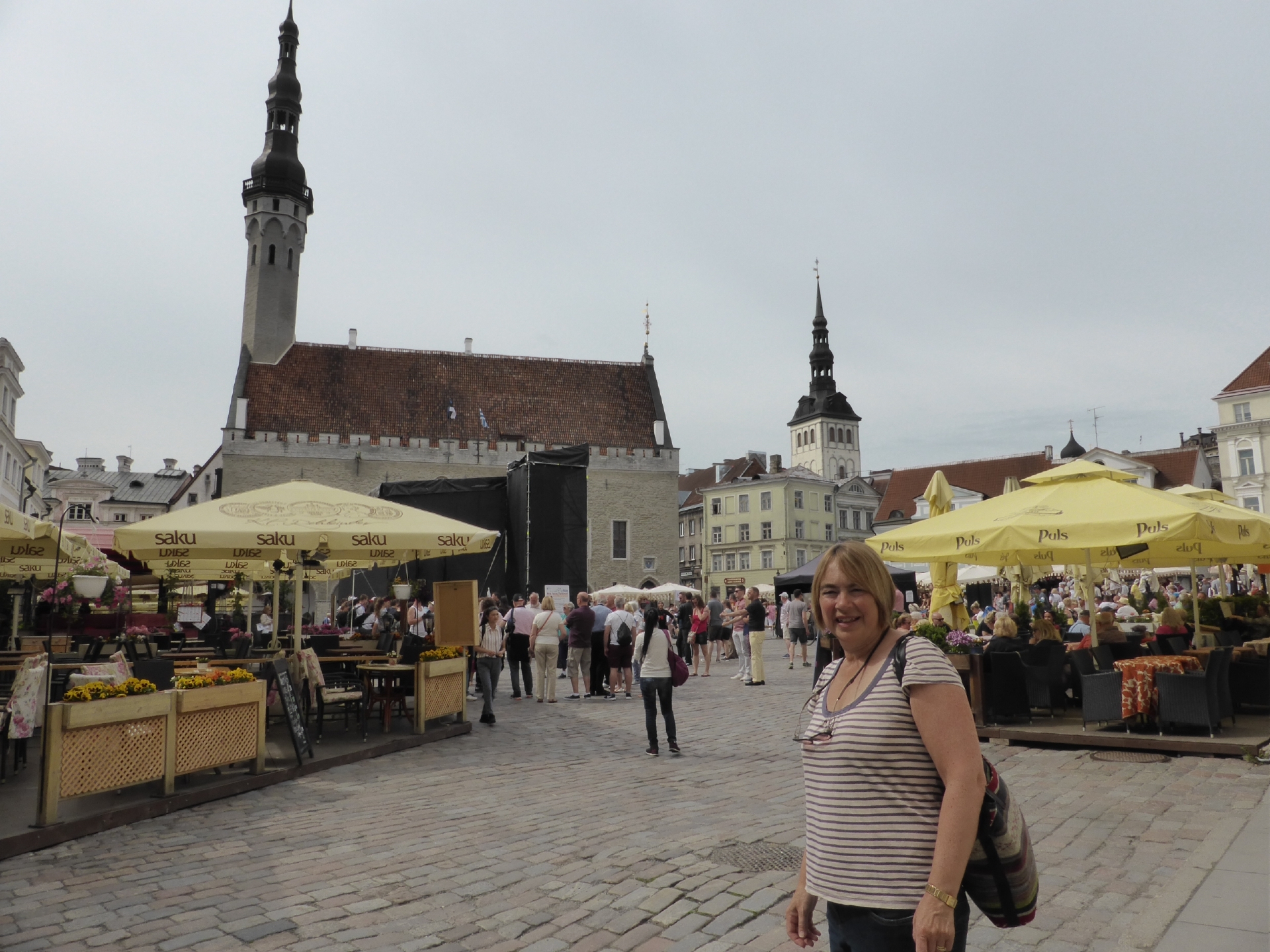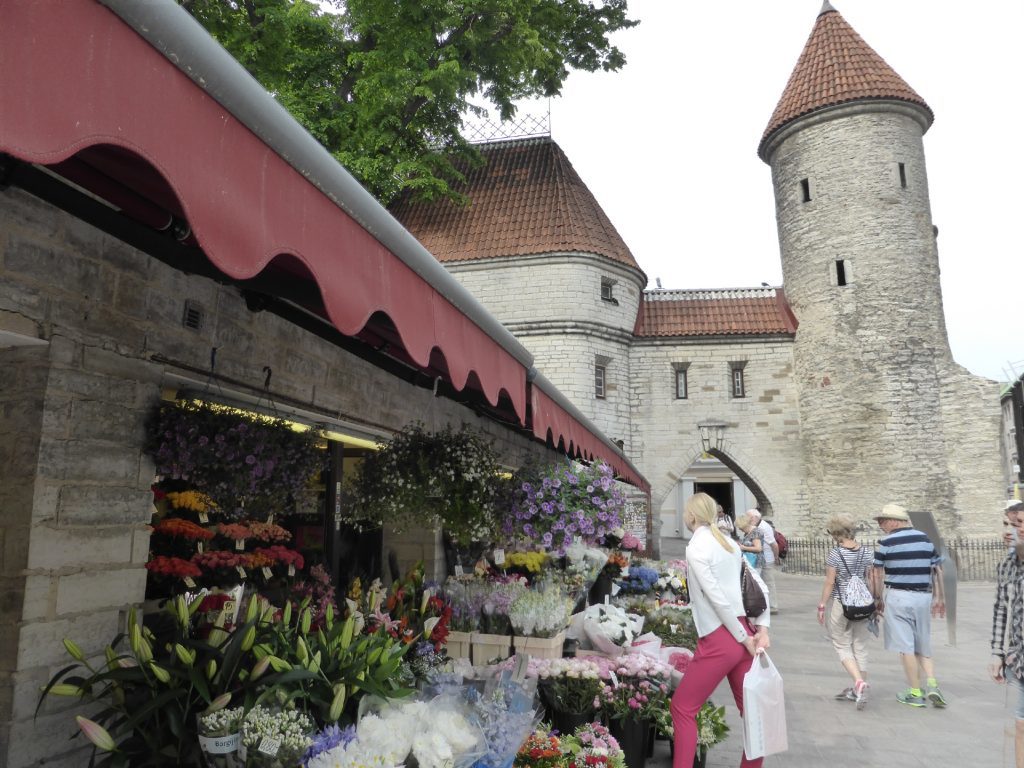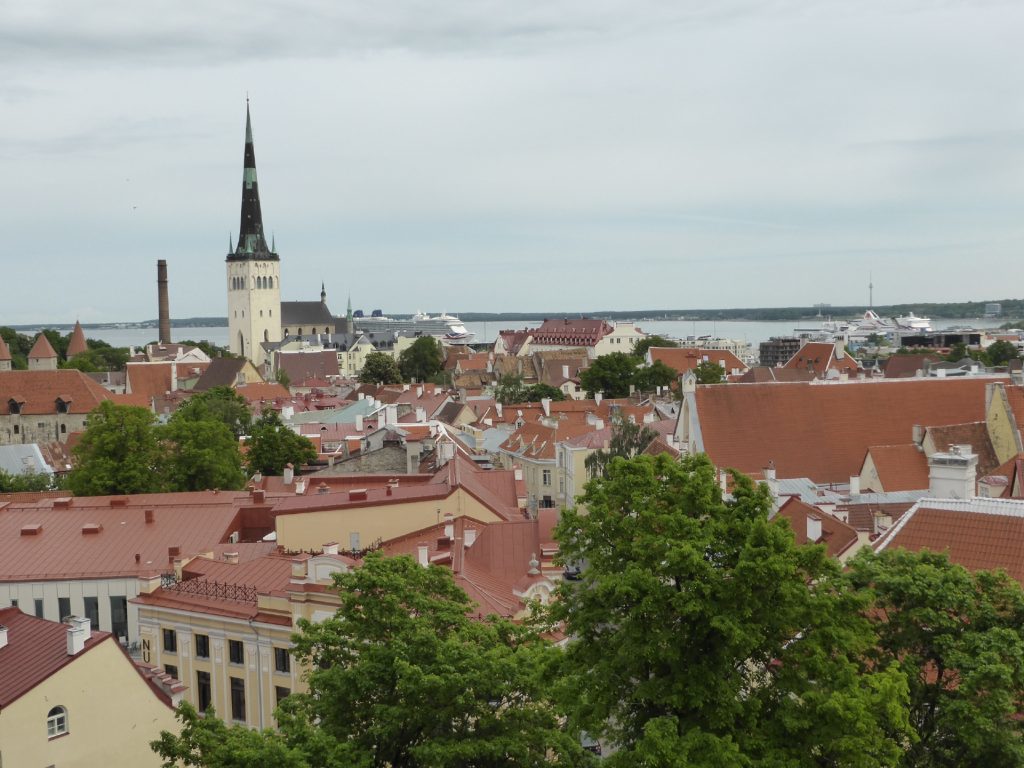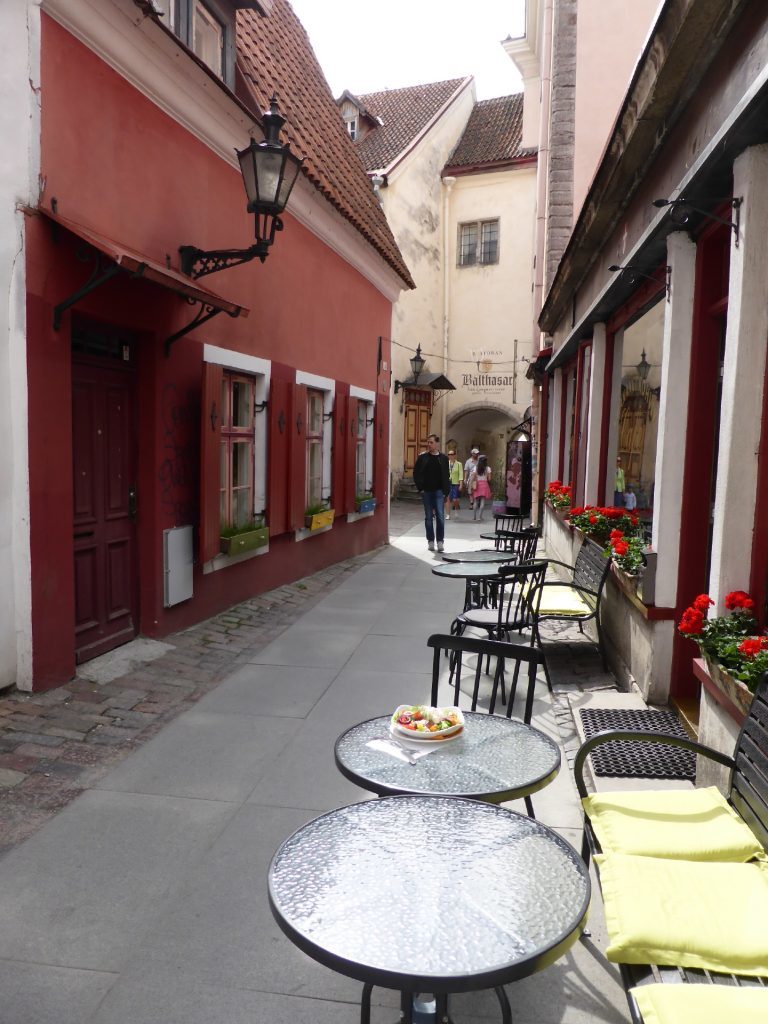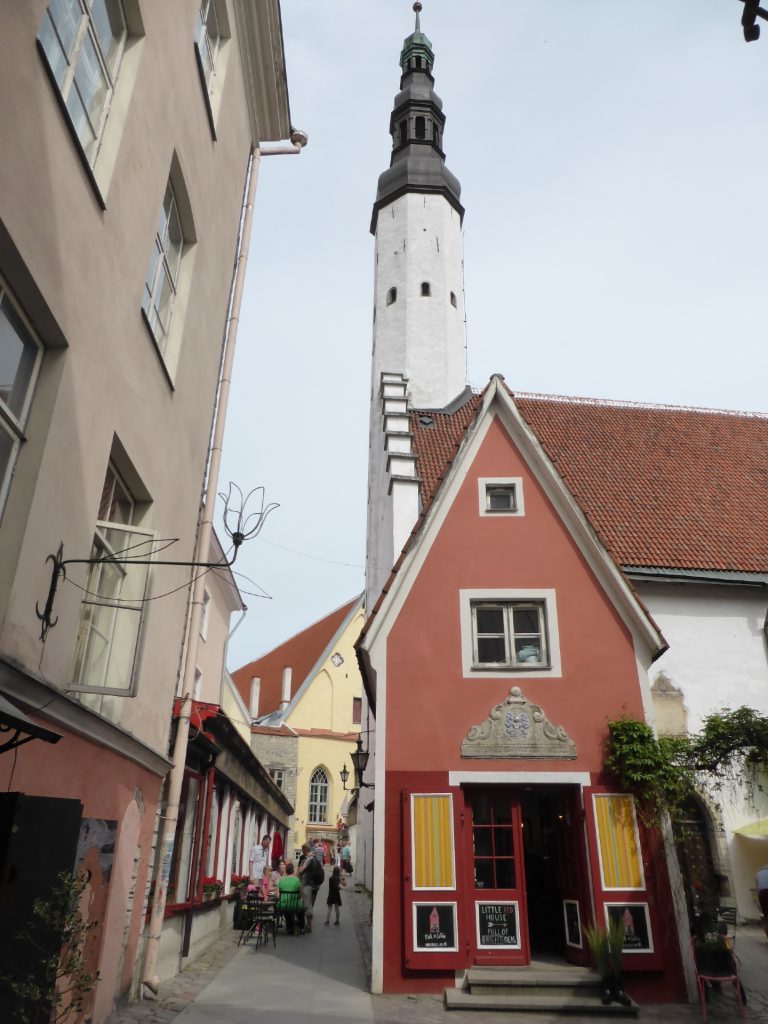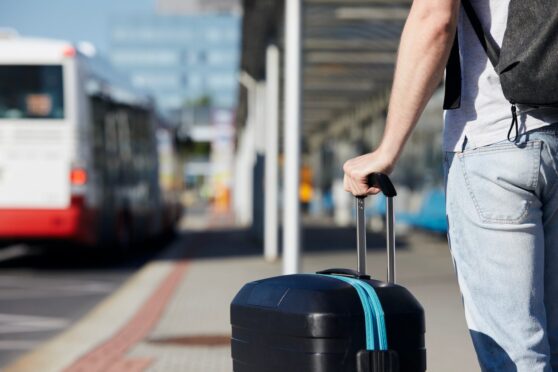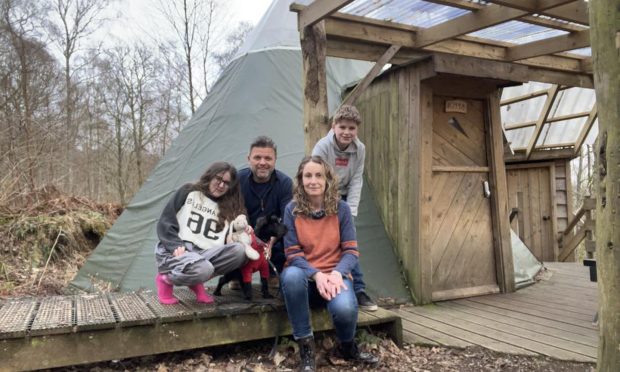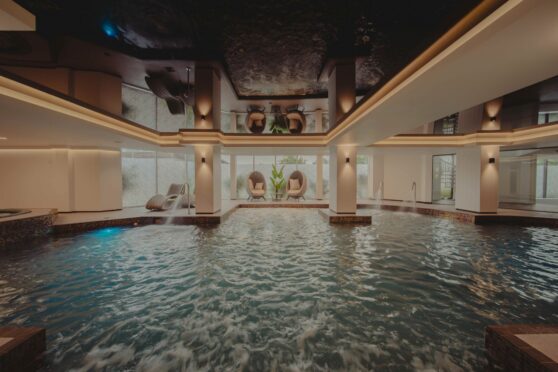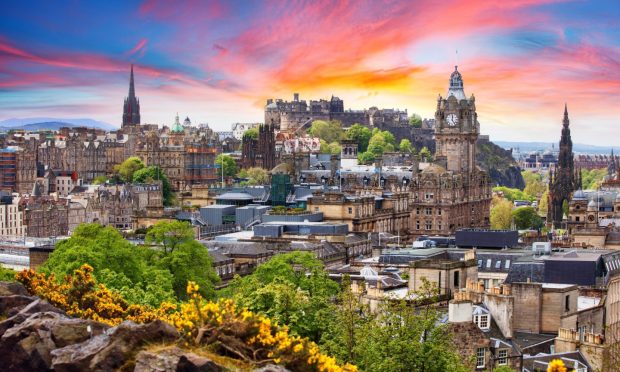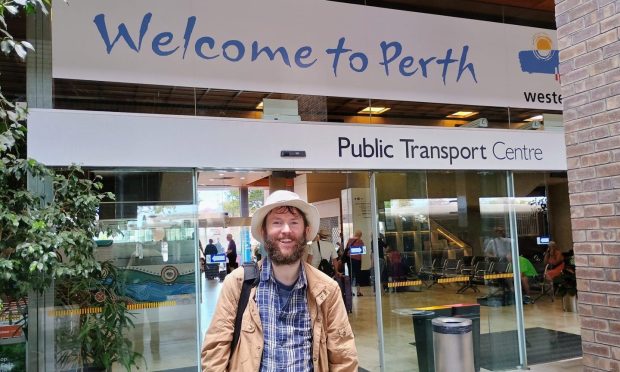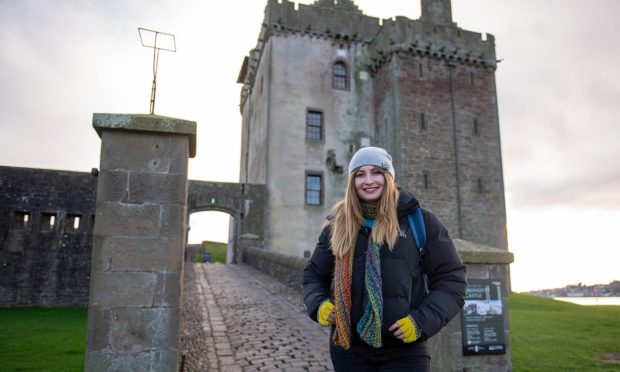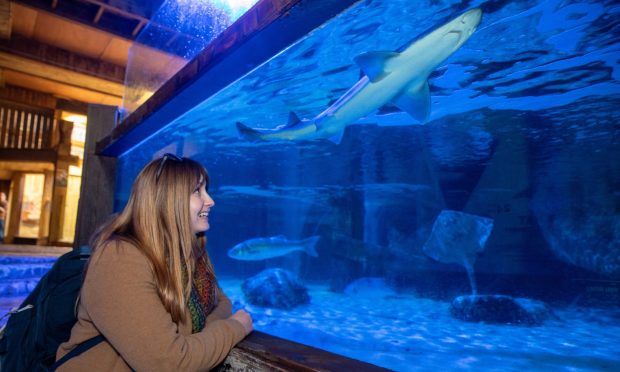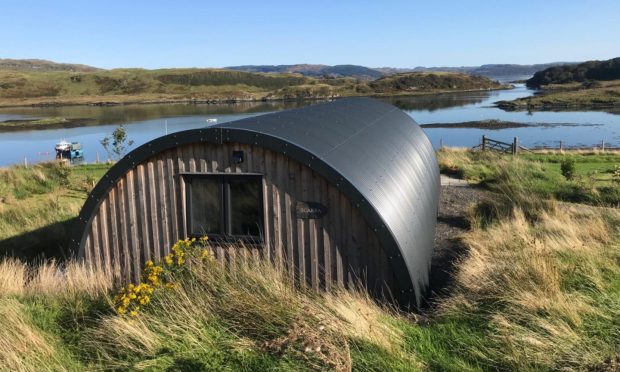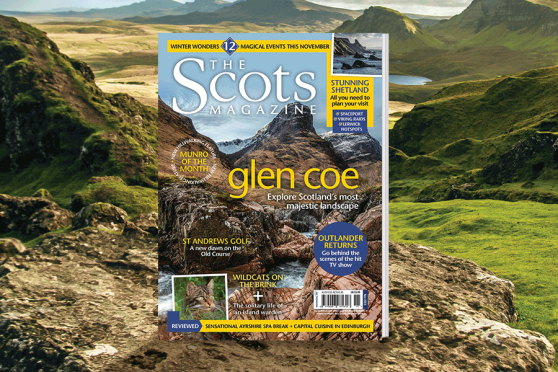Bridget McGrouther checks out the capital of Estonia
Tallinn is undeniably one of Europe’s most magical capitals. Ironically, the name Tallinn means Danish town, harking back to the Middle Ages when the Danes were in power.
Yet, of course, it’s the capital of Estonia and since the Baltic State embraced independence in 1991 after decades of Soviet rule, the city has enjoyed an exuberant renaissance.
One of my favourite destinations, my most recent visit was in summertime, when the medieval Old Town with its fairy-tale red-tiled roofs and multi-coloured buildings was also ablaze with geranium-decorated flower-boxes and market stalls selling rainbows of blooms and vibrant artwork.
There were rows of bright linens and woollens, too, but it was warm enough for my friend Fiona and me to wander the cobblestone streets in short sleeves, stopping occasionally at an al fresco café or bar for a cappuccino or craft beer.
After all, although the viewpoints such as Kohtuotsa or Patkuli offering picture-postcard panoramas over the soaring spires and towering turrets towards the Gulf of Finland are a must-see, you first need to climb up Toompea Hill to reach them.
Fortunately, there is a lot to distract you on the steep hike up, from statue-like buskers to boutiques selling everything from clothes to crafts. Be sure to call in at the Old Apothecary Shop which has been in business since 1422, with its old jars and bottles of lotions and potions. You may also stumble upon the Saaikiang (or ‘Bun Lane’), Tallinn’s narrowest and shortest street.
Largely traffic-free, the Old Town, (a UNESCO World Heritage Site), is a joy to explore – although it can get crowded when cruise ships such as P&O or Saga call. Horse-drawn coaches take tourists around, or you can take a tour on a hop-on, hop-off bus which calls at such historic central highlights as Toompea Castle and Swan Lake or travels further afield to Pirita, with its mile-long beach and Song Festival Grounds, or the Open Air Museum in Rocca al Mare.
Two-thirds of the original walls remain with quaint names of towers from Stout Margaret and Tall Hermann to Golden Leg and Kiek in de Kök, which isn’t quite as painful as it sounds as it actually means ‘Peep into the kitchen’. The Tower houses a museum of city history, with traditional culinary delicacies including Kringel (sweetbread with raisins), jellied eels and roasted nuts!
The 15th Century Town Hall dominates the square of the same name and has breathtaking views from its spire. Markets are held here, as well as live shows which can be enjoyed by diners at outdoor tables.
Charismatic at any time, the city is especially enchanting in winter when the rooftops glitter with snow. Europe’s first-ever public Christmas tree on Town Hall Square was originally erected by the unfortunately named Brotherhood of Black Heads in 1441.
The Christmas markets are open until January, while there is also an outdoor ice rink and festive events. Estonia’s currency is the Euro and, in general, prices remain cheaper than in the UK – although unfortunately the exchange rate isn’t the best at the moment.
Tallinn’s night life is lively with plenty of pubs (including Irish bars), cafes, restaurants, music venues and nightclubs. The Estonian for ‘Cheers’ is ‘terviseks’, which perhaps you should be careful about trying to pronounce, especially after drinking Saaga, the local vodka.
The Song Festival Grounds in Kadriorg Park, the venue for international stars, holds a special place in the hearts of many Estonians. For in 1988, the Singing Revolution took place here, a massive musical demonstration against Soviet Rule which set Estonia on its path to freedom.
As a shining example to the rest of the world, the country’s independence was amazingly achieved through peaceful mass rallies, notably the Baltic Way in 1989, when a human chain of over two million people spanned 400 miles across the Baltic states of Estonia, Latvia and Lithuania. If only other global issues could be sorted through this much more diplomatic song and dance.
Travel News
Set amidst the stunning autumn woodland of Faskally Wood near Pitlochry, Perthshire, The Enchanted Forest is Scotland’s premier sound and light event. This year’s show will be called ‘Oir an Uisge’, which is Gaelic for ‘Edge of the Water’, and will highlight Loch Dunmore, which lies at the heart of Faskally Wood. Running from 28 Sept – 29 Oct 2017, book at enchantedforest.org.uk
Edinburgh’s Caledonian Hotel is marking five years as a Waldorf Astoria with a series of celebrations throughout September. Anyone whose birthday falls on September 17, the official anniversary, and dines in The Pompadour by Galvin on that date, will receive a complimentary meal! Or toast the famous 110-year-old hotel with cocktails in the Caley Bar inspired by Waldorf Astorias worldwide.
Readers of Rough Guides travel books (roughguides.com) have voted for the country they feel is the most beautiful in the world – Scotland! Perhaps not surprisingly to us, our nation of heather-clad mountains, crystalline lochs, craggy castles and wild beaches bagged the Number One spot. Canada was pipped at the post, New Zealand came in third position and England in seventh.
Hot choice
A seven-night holiday staying at the 3* Plum Tree Club on the Caribbean Island of Barbados costs from £773 in a self-catering apartment departing from Glasgow on 26 Sept 2017. Book at traveltrolley.co.uk or call 0208 843 4400.
